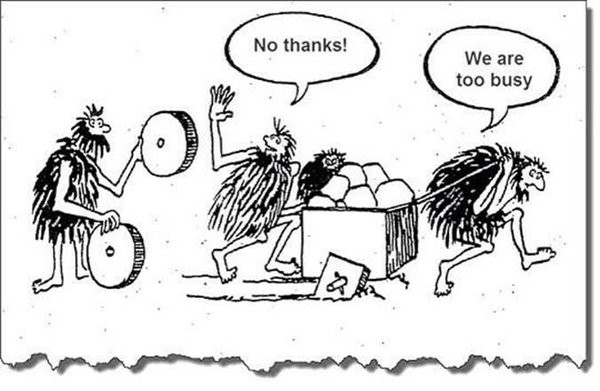Driving Technical Change by Terrence Ryan
If you don’t have initiatives, if you don’t like to nor want to change the status quo, if you don’t believe that you can or should have an impact this is not your book.
Driving Technical Change is a book for the rest. For those who like to stand up and take the lead, for those who have ideas, for those who don’t believe that something should be done in a way just because it’s been like that.
If you are such a person, you know that it’s not enough to have ideas. You will face apathy at best, but more probably resistance. You need perseverance, but it’s not enough. It makes no good repeating the old bad patterns and alienating friends and colleagues. You need understanding, techniques, strategies. Then you can go out and practice to change your world, that is - just remember! - others’ world too. That’s the point.
Driving Technical Change helps you learn how to take the initiative.
First, it describes the different kinds of resistance you’ll face. You’ll learn that most people are Time Crunched, already too busy, sometimes too busy for improvements. It’s not impossible to turn them around!

The Uninformed and the Herd are relatively easy to deal with. They need information and leadership. And you are there to provide them with all of that. But beware, sharing information and being a leader come with great responsibility!
The Burned and the Cynic are more difficult to work with, but yet the book will provide some stories and strategies to help you deal with them.
The Boss is the boss. You should communicate with her in her language, not yours, and your chances are good. If your cause makes sense, of course. In her language.
However, even this book doesn’t offer a lot with regards to the Irrational. They are simply irrational. The best thing is to avoid them as long as possible.
Once you understood who you’ll have to deal with, you’ll be handed 9 different techniques to work with them. But whatever you do, the most important message is that solving a problem and pushing for a solution are two different things. You have to make sure that the problem you see does really exist and you have to be flexible. Your solution might not be the only one and it might not be the best.
Whatever techniques you’ll choose to work with, you have to keep in mind the way that you should follow in almost all cases.
You are not a lone wolf. You’ll need associates.
As I already mentioned, first you will have to ignore everyone who is hostile. Hostility just reproduces itself and that’s the last thing, you’d need.
You will have to target first the willing who are likely to adopt the changes you push for.
Then you have to harness the converted, meaning that they should not only accept the solution you propose, but they should also support you in your quest to make it accepted by the organization. With them, you will not be alone!
And once the size of the supporters’ group is growing, you should finally convince the management to accept your proposal.
Is it that simple? Yes. Is it easy? No, as even the author admits. But Driving Technical Change gives you a hand to make it easier.
Happy reading!